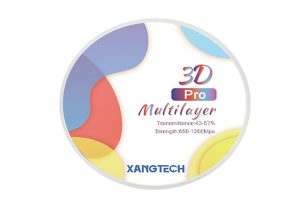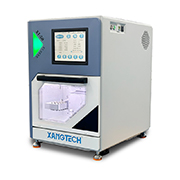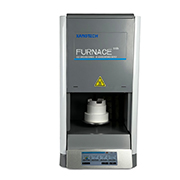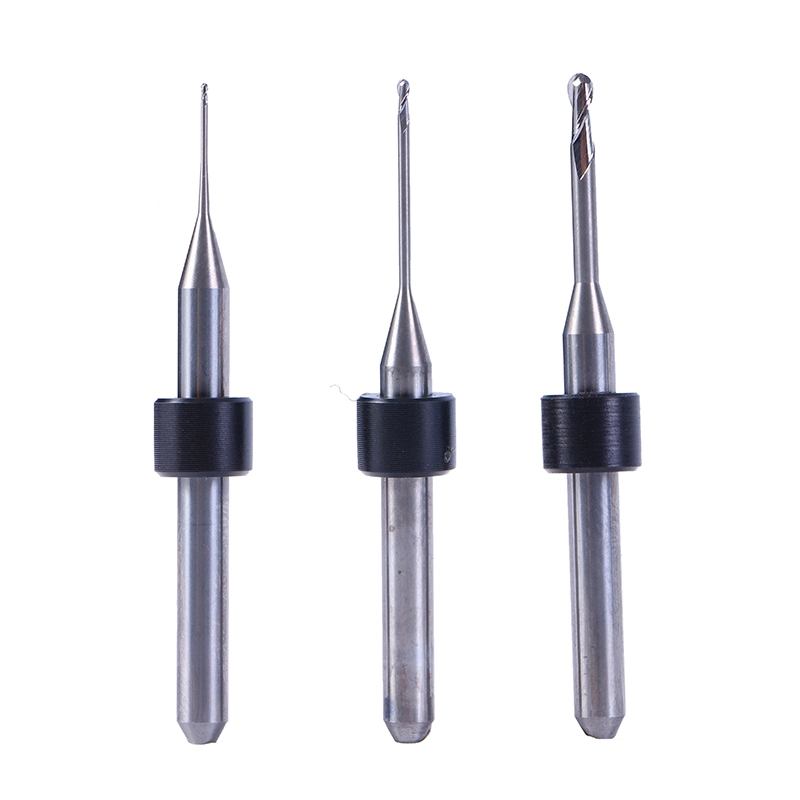Introduction to Dental Milling Burs
What Are Dental Milling Burs?
Dental milling burs are precise tools used in CAD/CAM systems. They shape and carve dental materials into prosthetics like crowns, bridges, inlays, and veneers. These burs cut through materials such as zirconia, PMMA, wax, and lithium disilicate. They work with high accuracy and speed.
Importance of Dental Milling Burs in Dentistry
Dental milling burs are vital in modern dentistry. They help create restorations that look good and fit well. Their ability to handle different materials lets dentists meet patient needs quickly. The burs’ toughness and sharpness ensure steady quality across many procedures.
Materials Used in Dental Milling Burs
Tungsten Carbide Burs
Characteristics and Benefits of Tungsten Carbide
Tungsten carbide is super hard and resists wear. This makes it perfect for strong dental milling burs. These burs keep their sharp edge for a long time. You won’t need to replace them often.
Common Applications in Dentistry
Tungsten carbide burs are great for precise cutting tasks. They’re used to remove old restorations or prepare teeth for crowns. They handle tough materials like zirconia blocks well due to their strength.
Diamond-Coated Burs
Advantages of Diamond Coating
Diamond-coated burs have industrial-grade diamond particles on their surface. This gives them top-notch cutting power and smooth results. The coating boosts their lifespan. It also keeps heat low during milling.
Use Cases for Diamond-Coated Burs
These burs shine for detailed work on ceramics. For example, they’re ideal for XANGTECH’s lithium disilicate blocks, which have high chemical stability and bending strength. They shape restorations precisely without harming the material.
Ceramic-Based Burs
Key Features of Ceramic Materials
Ceramic-based burs are light but sturdy. They hold up well against wear. Their biocompatibility makes them safe for sensitive dental work where patient comfort matters.
Specific Applications for Ceramic Burs
Ceramic burs are often used for finishing and polishing. They create smooth surfaces on delicate materials like multilayer PMMA discs. These discs offer long-term color stability.
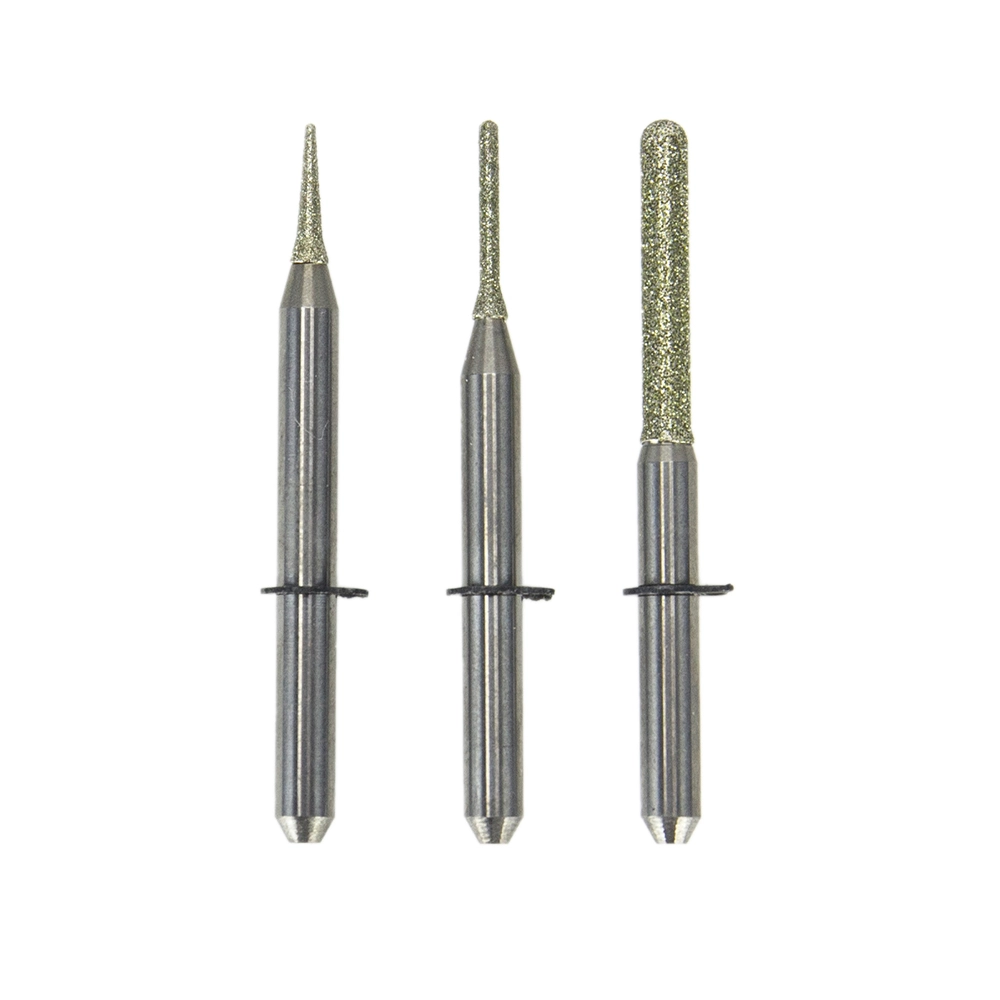
Types of Dental Milling Burs Based on Design and Usage
Classification by Shape and Functionality
Flat-End Tapered Burs
Flat-end tapered burs are handy for many tasks. They shape flat surfaces and make sharp edges on restorations. They’re especially useful for crown preparation.
Round-End Tapered Burs
These burs create rounded shapes and smooth transitions in restorations. They’re great for sculpting prosthetics that look natural.
Ball Nose Milling Burs
Ball nose milling burs are perfect for detailed carving. They handle intricate grooves or fissures on crowns or bridges. Their rounded tips give precise control during milling.
Variants for Specific Procedures
Crown Preparation Burs
Crown preparation burs are made to remove enamel efficiently. They preserve tooth structure. They’re key when working with XANGTECH’s zirconia blocks, known for high stain resistance.
Implantology-Specific Milling Tools
These tools focus on implant procedures. They mill abutments or implant-supported crowns with precision. XANGTECH’s PEEK blocks, with strong chemical resistance, are a great match for these tasks.
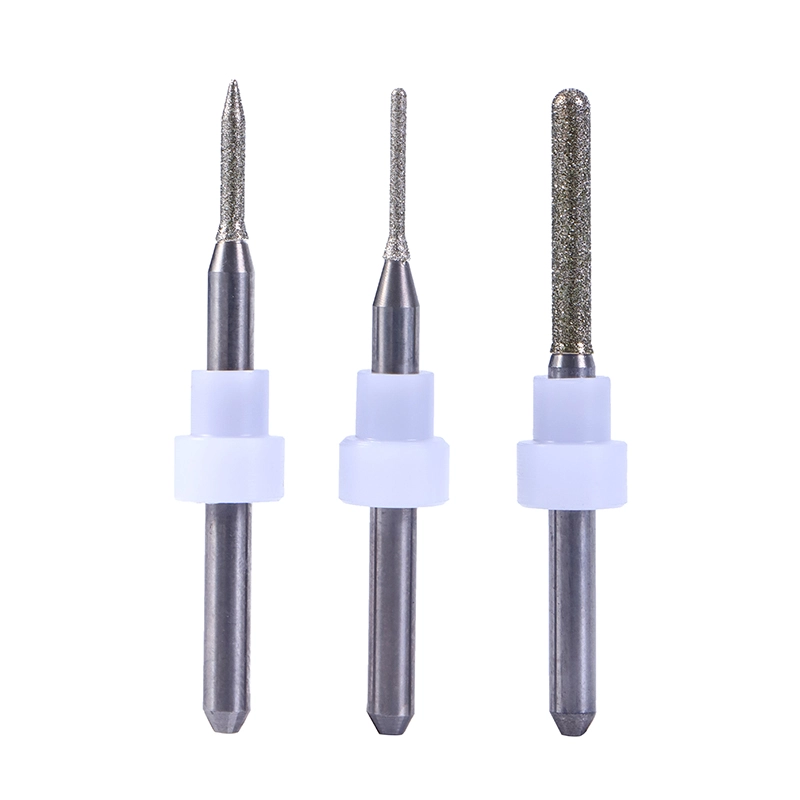
Applications of Dental Milling Burs in Modern Dentistry
Role in Restorative Dentistry Procedures
Dental milling burs make restorative work easier. They create tough prosthetics that restore function and looks. For example, XANGTECH’s 4D multilayer zirconia blocks have great translucency gradients. They help dentists craft lifelike restorations smoothly.
Use in Prosthodontics and Crown Fabrication
In prosthodontics, dental milling burs help make crowns that fit perfectly. XANGTECH super translucent pre-shaded zirconia blocks save time on coloring. They ensure fast production without losing quality.
Application in Orthodontics for Bracket Adjustments
Orthodontic treatments use special milling burs. These adjust brackets or wires accurately. They avoid harming nearby structures. This boosts patient comfort during procedures.
Factors to Consider When Choosing Dental Milling Burs
Material Compatibility with Dental Equipment
Picking the right dental milling burs means checking if they work with your gear. Dental milling machines, like the XANGTECH XT50 Milling Machine, handle materials such as zirconia blocks, PMMA discs, and wax blocks. They do so with great precision. The burs need to fit the machine’s specs, like spindle speed and cutting angles. This ensures top results. For instance, tungsten carbide burs are great for hard zirconia blocks. These blocks resist stains and last long. Diamond-coated burs are better for delicate ceramics like lithium disilicate.
Durability and Cost-Effectiveness of the Bur Material
A dental milling bur’s toughness matters for steady performance. Tungsten carbide and diamond-coated burs last long. Their hardness and wear resistance mean fewer replacements. They may cost more upfront. But their long life saves money over time. High-quality burs also protect equipment. For example, XANGTECH’s advanced milling machines support precise work and stay in good shape with these burs.
Maintenance and Longevity of Dental Milling Burs
Proper Cleaning Techniques for Prolonged Use
Keeping dental milling burs clean is key to making them last. After each use, clean them well to remove bits of zirconia or PMMA. Ultrasonic cleaners work great. They clear tiny particles without scratching the bur. When milling XANGTECH’s 4D multilayer zirconia blocks with gradient translucency, good cleaning stops residue buildup. This keeps future work precise.
Storage Recommendations to Prevent Wear
Storing dental milling burs right helps them stay functional. Keep them in special cases to avoid damage or dirt. Don’t let them get wet or sit in extreme heat. This could weaken them. For example, store diamond-coated burs in dry spots. This keeps their edges sharp for materials like XANGTECH’s super translucent pre-shaded zirconia blocks. These are made for accurate color matching.
FAQ
Q: What materials can be milled using dental milling burs?
A: Dental milling burs can work with many materials. These include zirconia blocks, PMMA discs, wax blocks, lithium disilicate blocks, and PEEK blocks. XANGTECH offers these with features like high translucency and toughness.
Q: How do I choose the right dental milling bur?
A: It depends on the material and the result you want. Tungsten carbide burs suit hard materials like zirconia. Diamond-coated ones are great for detailed ceramic work, like lithium disilicate.
Q: How often should dental milling burs be replaced?
A: It varies based on how much you use them and what you’re milling. High-quality XANGTECH burs last longer. Their strong build and smart design help with that.
Q: Can dental milling burs be used with all CAD/CAM systems?
A: Most standard dental milling burs work with open CAD/CAM systems. XANGTECH’s 3D multilayer zirconia block is made to fit these systems smoothly.
Q: What makes XANGTECH’s products stand out?
A: XANGTECH offers smart solutions like fast-burning sintering zirconia blocks. They boost productivity without cutting quality. Their products blend advanced tech with affordability for modern dentistry.

